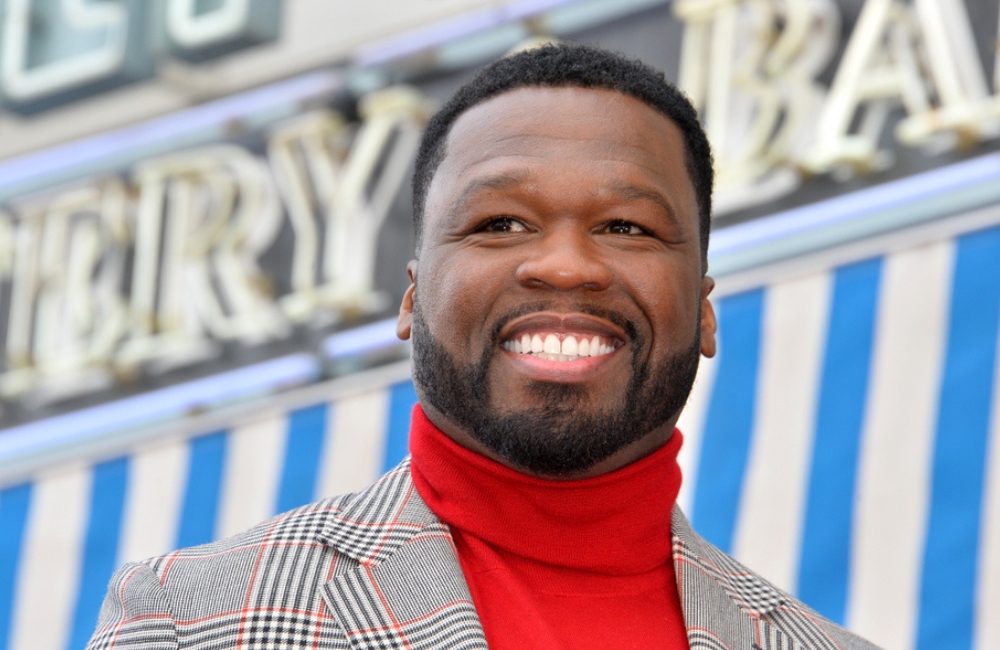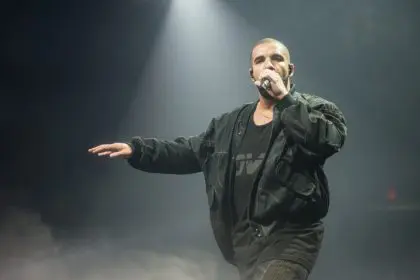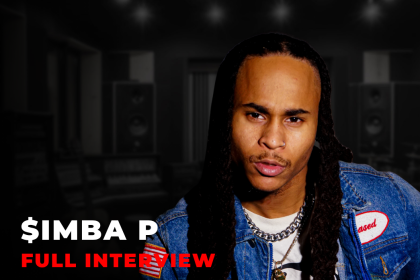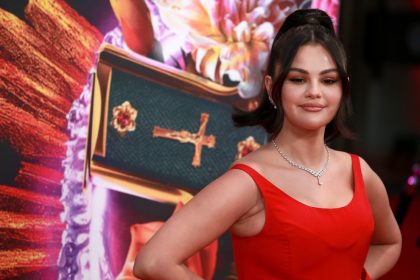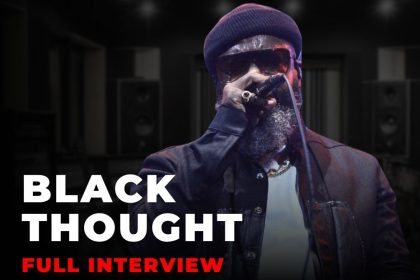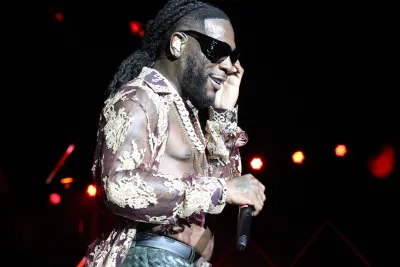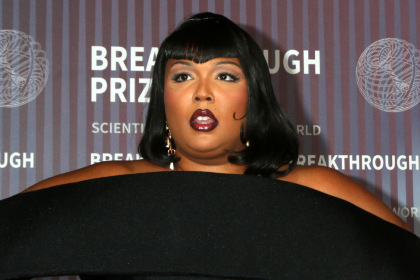The relationship between 50 Cent and Jim Jones has always been characterized by tension, with their animosity dating back to the early 2000s. What started as typical hip-hop competitiveness has evolved into a complex web of accusations and counter-accusations, particularly centered around allegations of federal cooperation. During the early days of their conflict, both artists were establishing their positions in the hip-hop hierarchy, with 50 Cent’s G-Unit empire at its peak and Jones making waves with the Diplomats movement.
Digital battleground unfolds
January 2025 marked another chapter in their ongoing dispute when 50 Cent shared controversial audio recordings from the Tekashi 6ix9ine trial. These recordings, which allegedly feature Jones in conversation with Jamel “Mel Murda” Jones, sparked intense debate within the hip-hop community about loyalty and street credibility. The timing of this release coincided with several high-profile industry events, magnifying its impact and drawing attention from both mainstream media and hip-hop publications.
The implications of these recordings extend beyond personal rivalry, touching on sensitive topics within hip-hop culture regarding cooperation with law enforcement and the maintenance of street credibility. The hip-hop community’s response has been divided, with some questioning the authenticity of the recordings while others debate the broader implications for artist credibility.
Strategic social media warfare
The conflict’s latest iteration plays out primarily on Instagram, where both artists employ different tactics. Jones took a subtle approach by posting a throwback image from his 2007 We Fly High video, incorporating references to his friend Mel Matrix. This nostalgic strategy serves multiple purposes, reminding audiences of his established presence in the industry while simultaneously addressing current controversies.
Meanwhile, 50 Cent maintains his characteristic aggressive stance, consistently sharing provocative content aimed at questioning Jones’s credibility. His approach includes regular updates and commentary, keeping his followers engaged while maintaining pressure on his rival. This digital strategy has proven effective in maintaining public interest in the conflict while allowing both artists to control their respective narratives.
Industry alliances and historical context
The complexity of hip-hop relationships becomes evident through 50 Cent’s strategic use of archived footage featuring Cam’ron, a significant figure in both artists’ histories. This tactical deployment of past connections demonstrates how deeply intertwined these relationships are within the hip-hop landscape. The industry’s reaction to this ongoing conflict reflects the intricate web of alliances and rivalries that characterize hip-hop culture.
The historical context of their rivalry includes numerous collaborative projects that never materialized, missed opportunities for reconciliation, and a series of indirect confrontations through music and media. These past interactions continue to influence current developments, with each new exchange adding layers to their complex history.
Evolution of hip-hop feuds
This conflict represents a significant shift in how hip-hop rivalries manifest in the digital age. Social media platforms have transformed these disputes, allowing for immediate responses and constant engagement with fans. The instantaneous nature of these exchanges has fundamentally altered how such conflicts evolve and resolve.
Modern hip-hop feuds differ significantly from their predecessors, with social media providing a platform for continuous engagement and immediate response. This technological evolution has changed not only how these conflicts play out but also how they impact artists’ careers and public personas. The ability to maintain constant pressure through regular posts and updates has created a new dynamic in hip-hop rivalries.
Cultural implications and industry impact
The ongoing tension between these two influential figures reflects broader themes within hip-hop culture: loyalty, reputation, and the complex dynamics of industry relationships. Their dispute has sparked discussions about the nature of modern hip-hop conflicts and their impact on the genre’s evolution. This particular feud exemplifies how personal disputes can evolve into broader cultural conversations about authenticity, loyalty, and the changing nature of hip-hop credibility.
The industry impact extends beyond personal animosity, influencing how other artists navigate similar situations and affecting business relationships throughout the hip-hop community. This conflict has become a case study in how modern hip-hop figures maintain relevance while engaging in public disputes, demonstrating the delicate balance between entertainment and authenticity in contemporary hip-hop culture.

